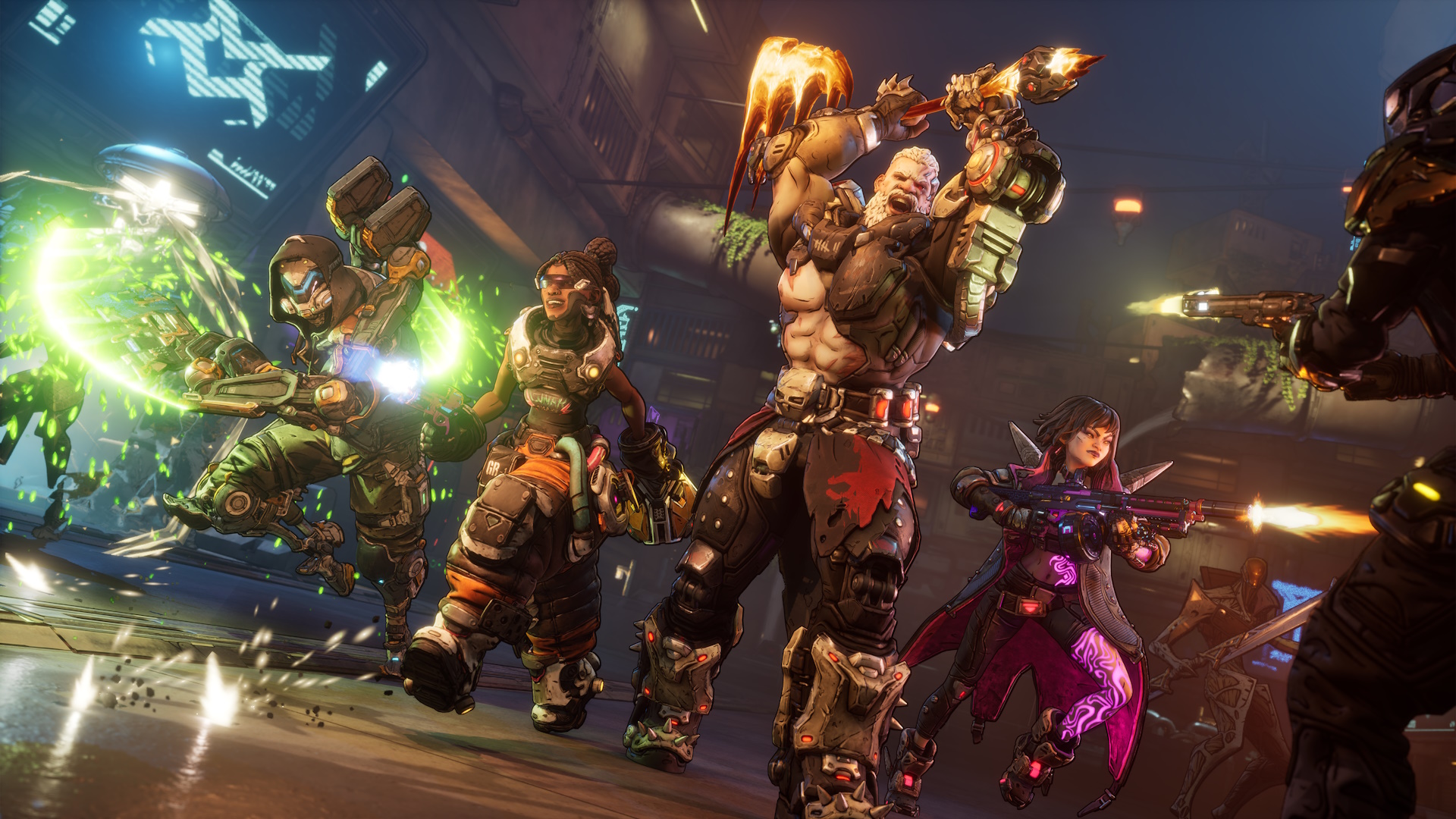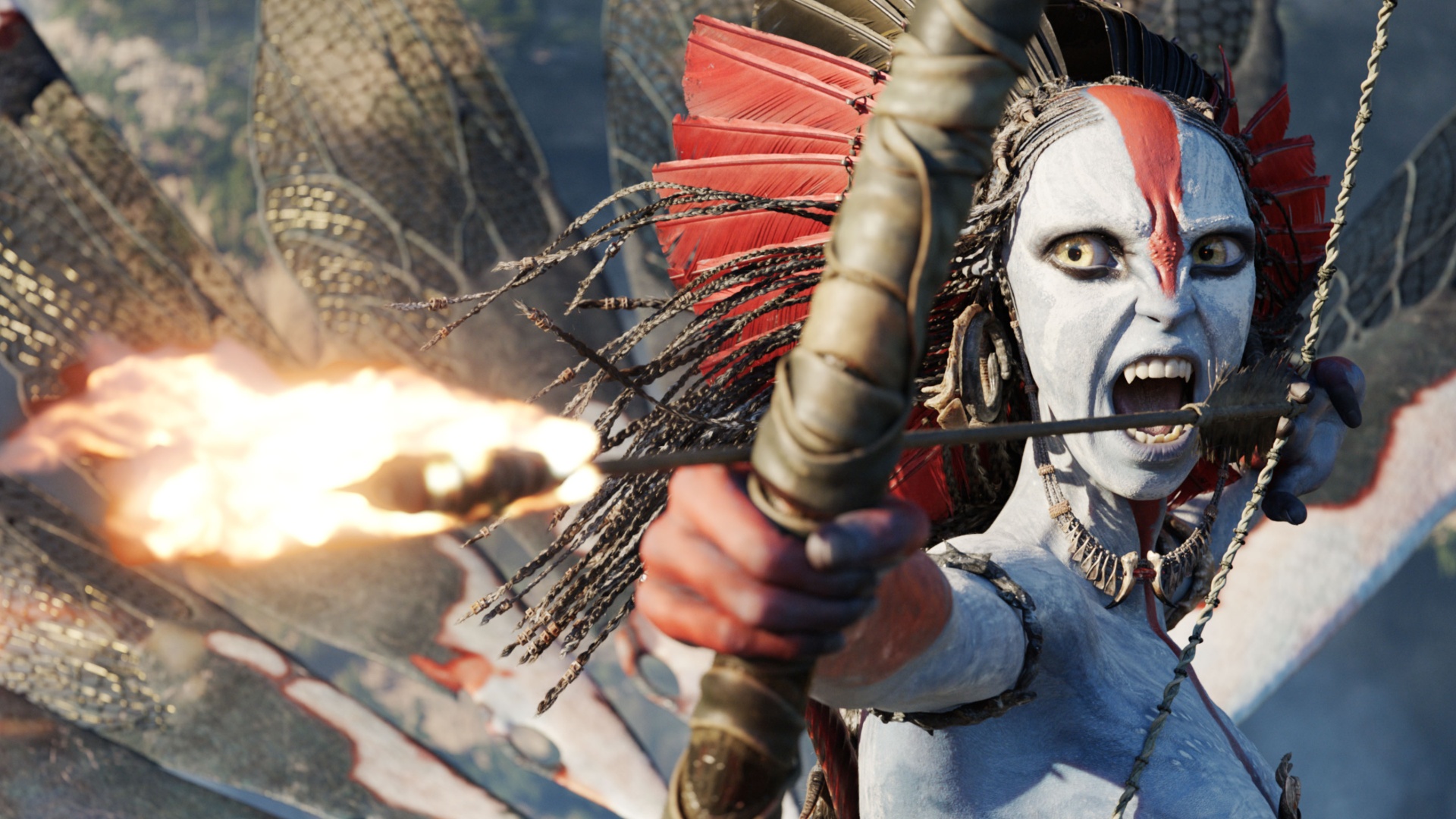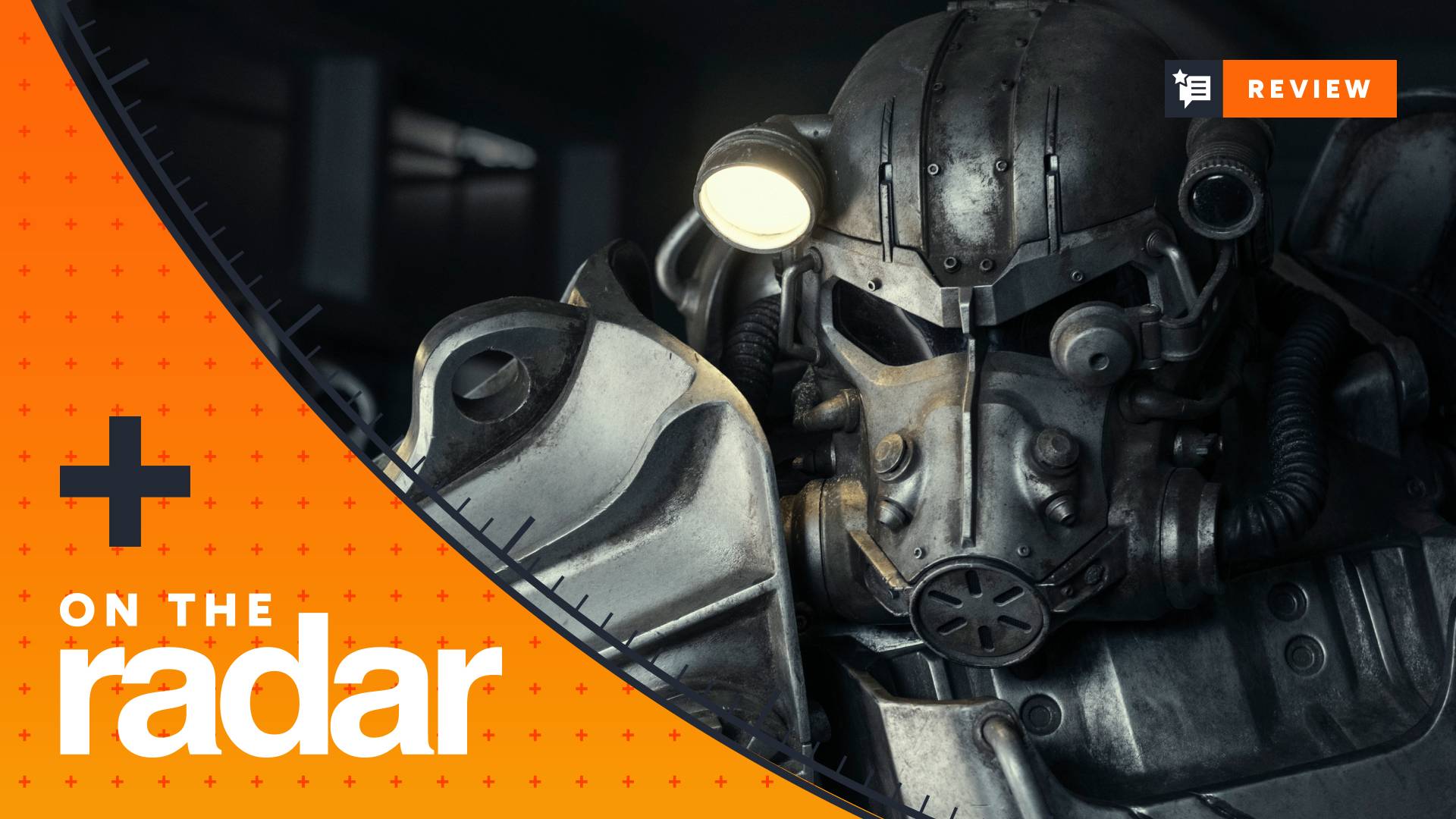After 4 hours with Borderlands 4 I'm not yet sold on its biggest changes, but Gearbox says "it would be strange" if Borderlands wasn't "constantly growing and adapting"
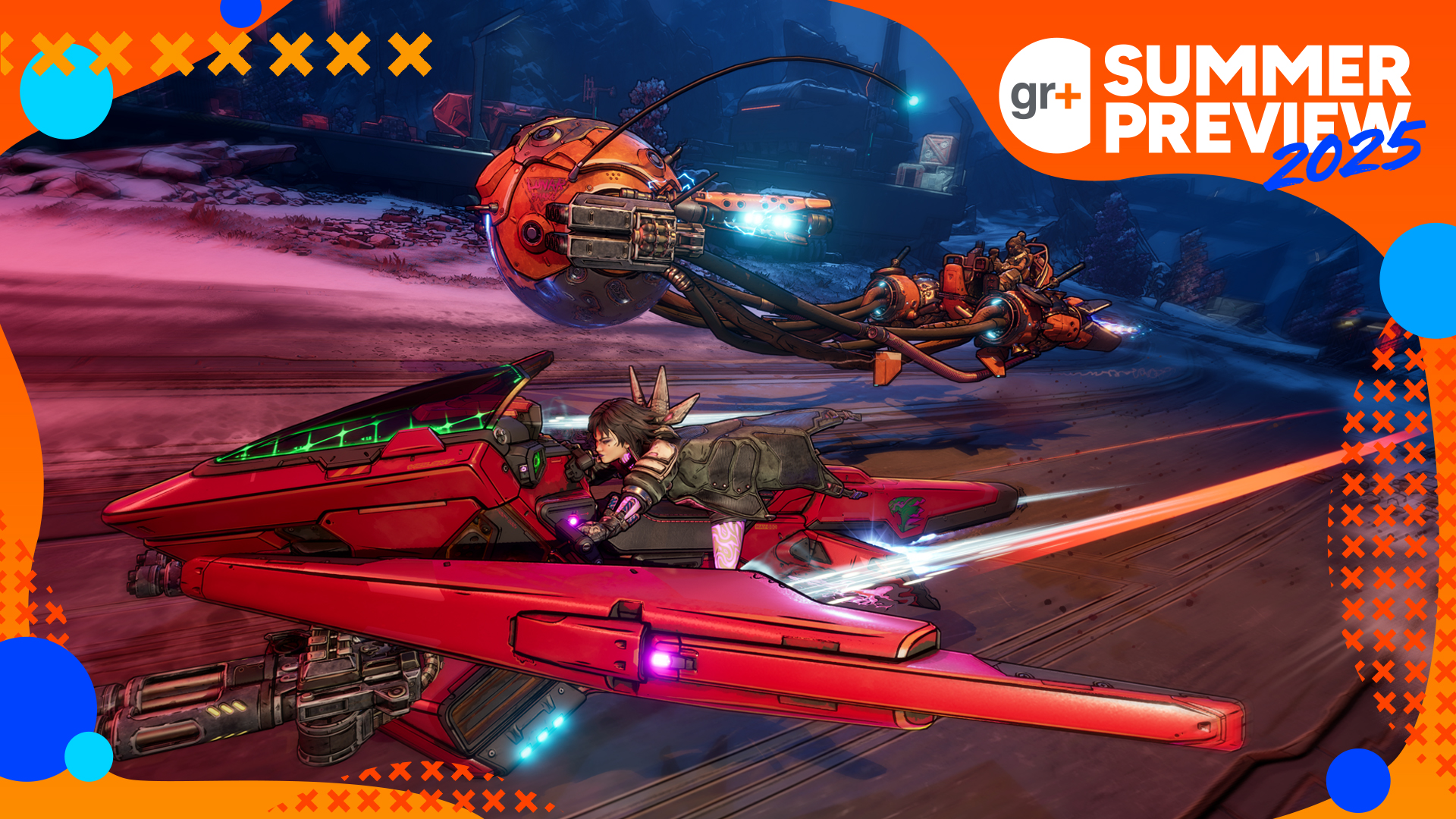
What wastelands are left for Borderlands to conquer? This time it's Kairos, a vast open world made of four distinct, seamlessly connected regions. I stomped across the rolling hills of the Fadefields for a few hours, looting and shooting my way through endless, cacophonic firefights almost on autopilot. Or should that be instinct? Borderlands has rarely strayed all that far beyond the boundaries that it set 16 years ago.
For developer Gearbox Software, the trick is to not let familiarity lapse into complacency. "Borderlands is almost old enough to drive. It would be strange if it weren't constantly growing and adapting," says lead writer Taylor Clark. "And that's not because we're trying to meet the market in some cynical way. We are a creative team and there are ideas that we want to express through Borderlands 4; ways that we want to make it feel like we're breaking fresh ground again."
The philosophy underpinning Borderlands 3's grandest iterations concerned improvements to gunplay – matching a purported one billion weapons with tighter moment-to-moment action. As Gearbox approached its sequel, executive producer Chris Brock says "we wanted to take that same focused approach, but this time for movement and exploration."
It's a good thing that the series is just about old enough to be issued a driver's license, because Borderlands 4 gives you the ability to move more freely than ever before. As Clark tells it: "less borders, more lands." This (admittedly, exceptionally silly) guiding principle is ever present in everything that Borderlands 4 presents.
Meet the Digirunner
It's here where we could talk about an open world with "virtually no loading times." The introduction of a non-linear approach to storytelling, so that you can tackle main missions "in pretty much any order." The dawn of "pretty dramatic" day-night and weather cycles. Dynamic exploration events. World bosses. Swimming. Brock is quick to point to these firsts for Borderlands, and plenty more of them too. The thing is, outside of briefly getting my feet wet I didn't get to experience any of these elements directly.
So instead, let's talk about the Digirunner. That's your own personal vehicle – summoned at any time by pressing right on the D-Pad. The decision to strip away a reliance on the Catch-A-Ride system (or the hijacking of enemy vehicles) to cover large amounts of ground is freedom personified.
The environment has clearly scaled to reflect this shift. There are distractions aplenty as enemy patrols limply line-up to receive projectiles fired from onboard weapons systems. The top of the user interface is now adorned with a compass, the sort you wouldn't be shocked to see in a Bethesda RPG, feeding you imprecise point-of-interest locations as the Digirunner weaves around the world at speed.
Weekly digests, tales from the communities you love, and more
"The Digirunner isn't the only way Gearbox has sought to improve your mobility though, with other key changes to movement having a far wider impact"
Such mobility could be transformative for Borderlands. But it's also difficult to get a real sense of just how well the open world will stand up to scrutiny once the entire thing is available to me. In co-op it seemed to invite more carnage, with distractions aplenty for a wayward party of vault hunters. In single-player, exploration felt a little flatter – echoing the loneliness that could so often be summoned while traversing the open environments of Destiny 2 and Halo Infinite.
The Digirunner isn't the only way Gearbox has sought to improve your mobility though, with other key changes to movement having a far wider impact. You can double-jump and air-dash, glide and grapple around combat arenas. There's a fluidity present in Borderlands 4 that feels like a massive improvement on what's come before, particularly if you head back into Borderlands 3 or The Pre-Sequel.
More expansive movement mechanics allow for greater expression in combat, encouraging more aggressive playstyles. I'm less sold on how some of these systems intertwine with an increasing focus on traversal puzzles. I'm not saying that Borderlands 4 has gone full Dying Light 2 here, but Claptrap did encourage me to embark on a rather frustrating side-quest that concluded with some rather flat first-person platforming.

I couldn't wrap up a preview of a new Borderlands game without talking about the weapons. This is a series that has largely sold itself on the ability to collect billions of increasingly audacious weapons, after all. Gearbox has taken a propulsive approach to weapon handling, with assault rifles, SMGs, and shotguns all feeling excellent to wield. This is iteration rather than evolution, but there's a very real chance that this is the smoothest shooter the studio has ever delivered.
What I'm less convinced by are changes to the weapon systems. As in previous Borderlands games, each weapons manufacturer (there are five returning in Jakobs, Maliwan, Vladof, Tediore, and Torgue; and three new in The Order, Ripper, and Daedalus) has a distinct specialisation, trademark quirks and perks that allow you to organically build your loadout around preferred playstyles. With Borderlands 4, Gearbox has taken this a step further with its 'Licensed Parts' system, meaning you'll come across guns that combine behaviors and abilities from multiple manufacturers.
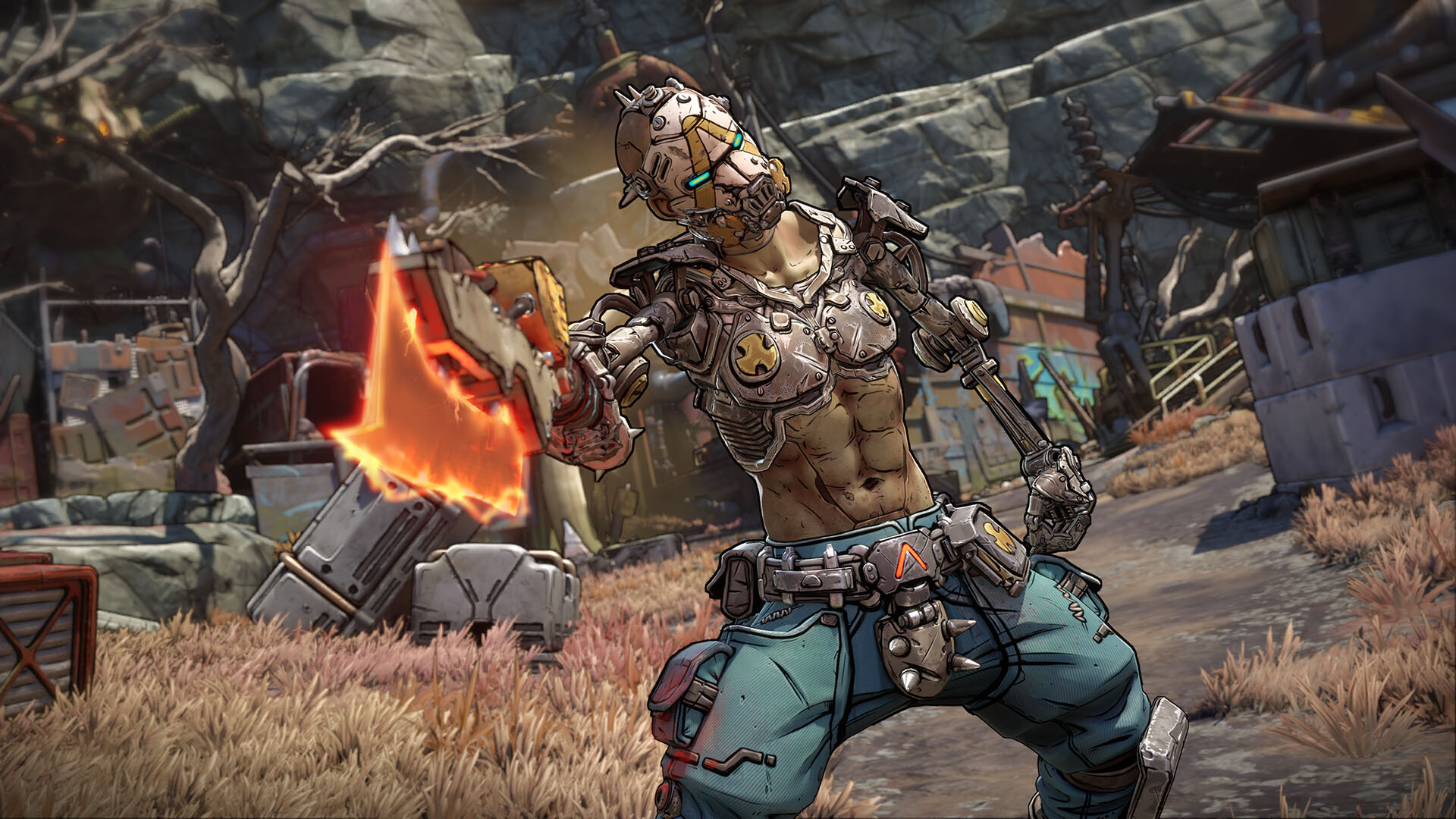
"We give all these parts different behaviors and just let the system do its thing. The way we've done guns before is great, but with the way we're doing it now there's more opportunity for surprise," says Brock. He isn't wrong, I'm just not necessarily convinced that this is what I want from Borderlands. Picking up an assault rifle to discover that it can sprout legs or immolate enemies is a good surprise. Occupying a world where you can no longer quickly, seamlessly identify whether a weapon will likely slot into your playstyle based on manufacturer alone is a bad one.
Now, I'll caveat this by saying that perhaps the strengths of more variety will outweigh what I perceive to be a loss in predictability once the final game is in my hands. But for right now, Gearbox amending the way weapons function is the leading cause for concern I have. Then again, with months until the September 12 release, there's still plenty of optimization and refinement left for the studio to complete.
After three mainline games, eight instalments to the franchise, and 16 years of steady iteration, Borderlands 4 was always going to be tasked with innovating within fairly tight boundaries. Gearbox has come into this project with some bold new ideas, and I honestly can't wait to dive into the final release with three of my friends to see how they all gel together.
Borderlands 4 is coming to PC, PS5, and Xbox Series X on September 12, 2025. Be sure to follow our new games release schedule to see other key titles set to launch this year.

Josh West is the Editor-in-Chief of GamesRadar+. He has over 15 years experience in online and print journalism, and holds a BA (Hons) in Journalism and Feature Writing. Prior to starting his current position, Josh has served as GR+'s Features Editor and Deputy Editor of games™ magazine, and has freelanced for numerous publications including 3D Artist, Edge magazine, iCreate, Metal Hammer, Play, Retro Gamer, and SFX. Additionally, he has appeared on the BBC and ITV to provide expert comment, written for Scholastic books, edited a book for Hachette, and worked as the Assistant Producer of the Future Games Show. In his spare time, Josh likes to play bass guitar and video games. Years ago, he was in a few movies and TV shows that you've definitely seen but will never be able to spot him in.
You must confirm your public display name before commenting
Please logout and then login again, you will then be prompted to enter your display name.
